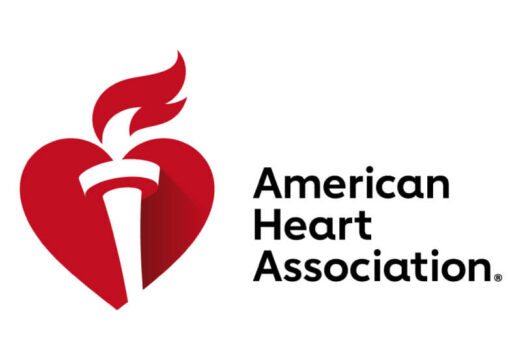Subclinical atrial fibrillation (AF), generally asymptomatic and of short duration, often requires continuous long-term monitoring using pacemakers or defibrillators for its detection. While subclinical AF is linked to an increased risk of stroke, the usefulness of oral anticoagulation as a treatment remains uncertain.

In a double-blind randomized trial, one group received apixaban and the other received aspirin. The primary efficacy endpoint was the rate of systemic embolism or stroke (SE), while the primary safety endpoint focused on the rate of major bleeding.
The sample included 4012 patients with an average age of 76 years and an average CHA2DS2-VASc score of 3.9. Of them, 36% were women. In terms of the primary efficacy endpoint, the incidence in the apixaban group was 0.78%, compared with 1.24% in the aspirin group (hazard ratio [HR]: 0.63; 95% confidence interval [CI]: 0.45-0.88; P=0.007). The rate of major bleeding was 1.71% in the apixaban group and 0.94% in the aspirin group (HR: 1.8; 95% CI: 1.26-2.57; P=0.001).
Conclusion
Among patients with subclinical AF, the use of apixaban led to a lower risk of systemic embolism or stroke compared with aspirin, although it was also associated with an increased risk of major bleeding.

Dr. Andrés Rodríguez.
Member of the Editorial Board of SOLACI.org.
Original Title: Apixaban for Stroke Prevention in Subclinical Atrial Fibrillation.
Reference: Jeff S. Healey, M.D et al.
Subscribe to our weekly newsletter
Get the latest scientific articles on interventional cardiology





